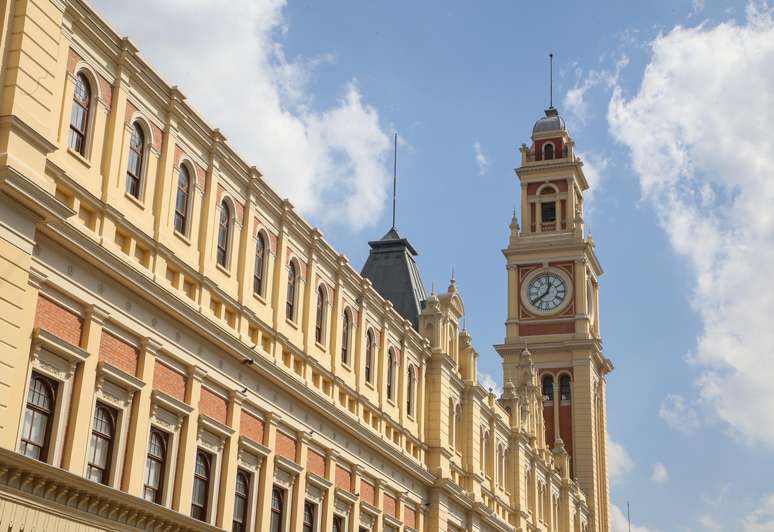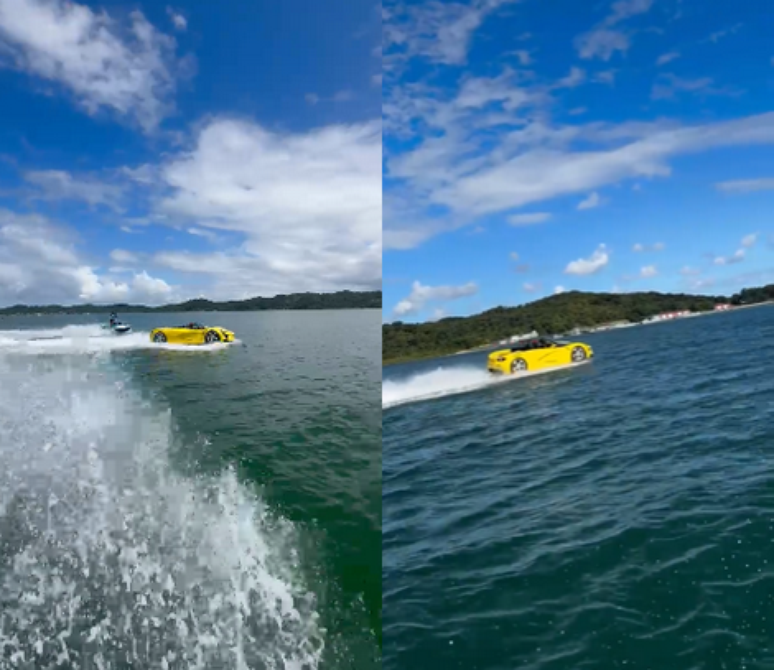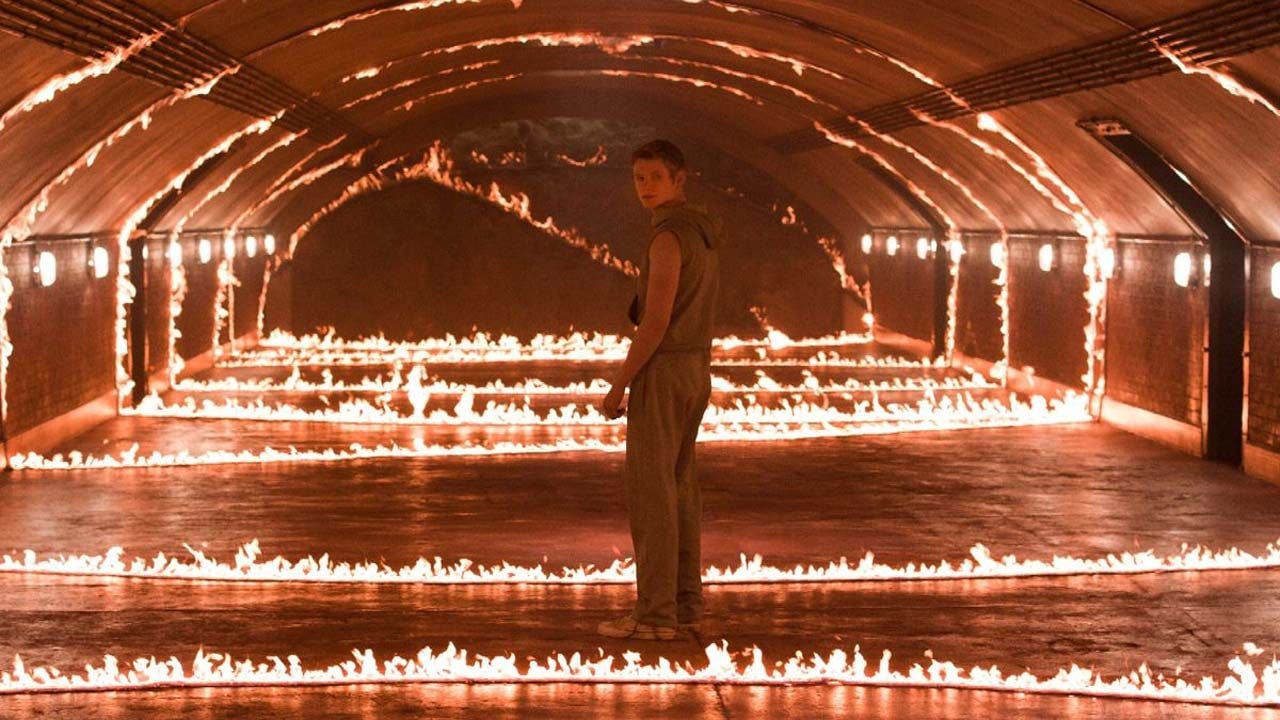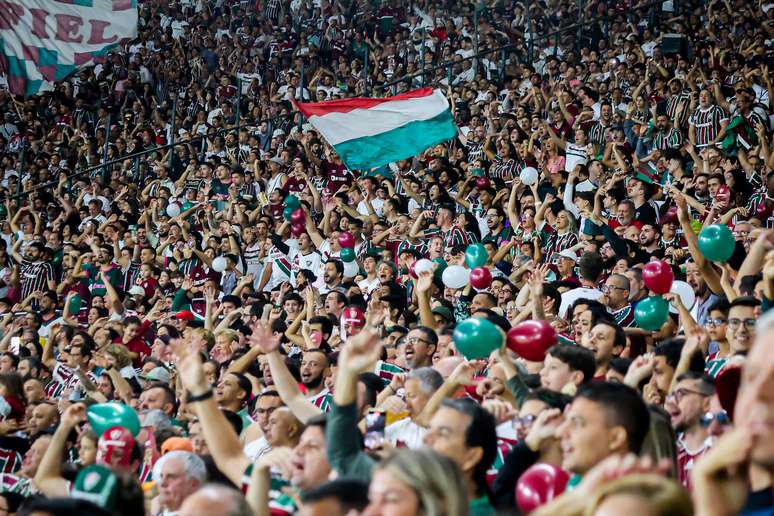There are three floors to explore the linguistic diversity and cultural richness of Portuguese in central São Paulo
OR Museum of the Portuguese language it opened in Light Station In St. Paul in 2006. The place chosen to host the institution has its own symbolism. After all, it was one of the main crossing points for immigrants arriving in Brazil in the late 19th century, and many accents and cultures still coexist today.
The museum was hit by a major fire that destroyed its three floors in 2015 and welcomed visitors back only six years later, in 2021, the same year that the museum’s collection Brazilian Film Libraryanother Brazilian heritage site was hit by flames.
New interactive and audiovisual experiences have been created for the reopening, but the goal remains the same: to reveal the particularities of Brazilian Portuguese, demonstrate how our lives are influenced by the language and enhance the cultural richness of the language, from Portugal to East Timor.
Discover all the permanent exhibitions below Museum of the Portuguese language :
3rd FLOOR: LIVING LANGUAGE
The itinerary proposed by the museum begins on the third floor, with the permanent exhibition Living language , which presents how Brazilian Portuguese has different manifestations in street conversations, music, graffiti, books, and prayers. The exhibition is divided into the following sections:
speak
The Portuguese we speak varies depending on the Brazilian region we live in. Here, life-size videos of people demonstrate the linguistic richness and diversity of accents, vocabulary and worldviews expressed by the language. There are ten displays of speakers from different socio-cultural backgrounds and corners of the country.
Loose tongue
Street artist Daniel Melin’s graffiti installation fills the entire corridor leading to the auditorium. The work combines images of the Projetemos collective, which creates light projections across the city, and Rubens Gershman’s work, “Lute”, originally located in Avenida Rio Branco, a Rio de Janeiro during the military dictatorship, in 1967.
Check out this photo on Instagram
A post shared by Museu da Língua Portuguesa (@museudalinguaportuguesa)
What can the tongue do?
Carlos Nader’s film addresses the complexity of actions considered banal, such as speaking, writing, understanding and reading. There is a network of narrative relationships in the concatenation of words and in the way we communicate with each other. To access the auditorium you must obtain a password from museum staff.
Check out this photo on Instagram
A post shared by Museu da Língua Portuguesa (@museudalinguaportuguesa)
Language Square
To create a planetarium of words on the ceiling of the Museum, texts from Brazilian literature and musical pieces were selected in a light and sound show. Praça da Língua also requires a password to access.
Check out this photo on Instagram
A post shared by Museu da Língua Portuguesa (@museudalinguaportuguesa)
*Bonus: Paulo Mendes da Rocha Terrace
Since the reopening of the museum, access to the Estação da Luz Terrace is no longer limited. From above, downtown São Paulo and Praça da Luz stretch towards the horizon, and you can get close to the historic clock tower.
Check out this photo on Instagram
A post shared by Museu da Língua Portuguesa (@museudalinguaportuguesa)
2ND FLOOR: LANGUAGE TRIPS
On the second floor, another long-term exhibition: Language trips takes a tour across continents and centuries through objects, texts, animated maps, historical videos and games, which reveal the transformations of the Portuguese language and its relationship to other languages. The sections that are part of the exhibition are:
Languages of the world
Like a sound forest, the installation allows visitors to listen to audio from 23 of the more than seven thousand languages in the world. The chosen languages have a connection to Brazil because they come from indigenous populations or were brought to the country by immigration. You have to get close to the columns, which look like tree trunks, to listen to the music, dialogues or poems.
Check out this photo on Instagram
A post shared by Museu da Língua Portuguesa (@museudalinguaportuguesa)
Family relationships
A luminous panel reconstructs the genealogy of the Portuguese language. The family tree starts from Indo-European and branches out into numerous other languages, including dead languages, up to Portuguese.
Check out this photo on Instagram
A post shared by Museu da Língua Portuguesa (@museudalinguaportuguesa)
Way of the language
Proverbs, graffiti, advertisements, song lyrics and other everyday urban manifestations of the Portuguese language are inscribed on a 106-meter-long screen, which spans the museum from one end to the other. There are fragments of visual and sound poetry.
Check out this photo on Instagram
A post shared by Museu da Língua Portuguesa (@museudalinguaportuguesa)
Alley of words
Interactive tables with motion sensors create a game in which visitors join “floating” syllables, form words and discover their origins.
Check out this photo on Instagram
A post shared by Museu da Língua Portuguesa (@museudalinguaportuguesa)
Crossword puzzle
Like other languages, Portuguese Brazil has its own peculiarities. In this section, eight interactive totems explain the influences and people who formed the Brazilian language and reveal the origin of the words we use every day, but which come from other languages, such as Tupinambá and French.
Check out this photo on Instagram
A post shared by Museu da Língua Portuguesa (@museudalinguaportuguesa)
Brazilian Portuguese
The chronology tells the story of the modifications and creations that Portuguese has undergone in Brazilian territory, from Latin until its arrival in the country and the transformations with indigenous, African and other peoples’ influences.
Check out this photo on Instagram
A post shared by Museu da Língua Portuguesa (@museudalinguaportuguesa)
We of the Language
In total, the Portuguese language is spoken on five continents by 261 million people. Here visitors access maps, interviews, documentaries and poetry from Portugal, Angola, Mozambique, Cape Verde, Macau, Guinea-Bissau, São Tomé and Príncipe and East Timor, countries of the Portuguese-speaking world.
Check out this photo on Instagram
A post shared by Museu da Língua Portuguesa (@museudalinguaportuguesa)
Everyday languages
Time to sit back and watch videos in a mini auditorium. The productions are originals from the Grand Gallery of the Portuguese Language Museum and showcase the diversity of Portuguese spoken in Brazil.
Check out this photo on Instagram
A post shared by Museu da Língua Portuguesa (@museudalinguaportuguesa)
1ST FLOOR
The first floor of the museum is dedicated to temporary exhibitions: check the program on the website.
Service
When? From Tuesday to Sunday, from 9:00 to 16:30.
How much? R$20 (full) and R$10 (half). Free entry on Saturdays with ticketing at Sympla, where you can also purchase tickets for the other days.
Where? Praça da Luz, s/nº – Door 1, St. Paul . The museum is located in the Estação da Luz building, which serves the 1-Azul and 4-Yellow and CPTM 7-Rubi and 11-Coral metro stations. Visitor access is through Gate A, in front of the art Gallery .
Discover the historic apartments to stay in the center of São Paulo
Source: Terra
Ben Stock is a lifestyle journalist and author at Gossipify. He writes about topics such as health, wellness, travel, food and home decor. He provides practical advice and inspiration to improve well-being, keeps readers up to date with latest lifestyle news and trends, known for his engaging writing style, in-depth analysis and unique perspectives.









